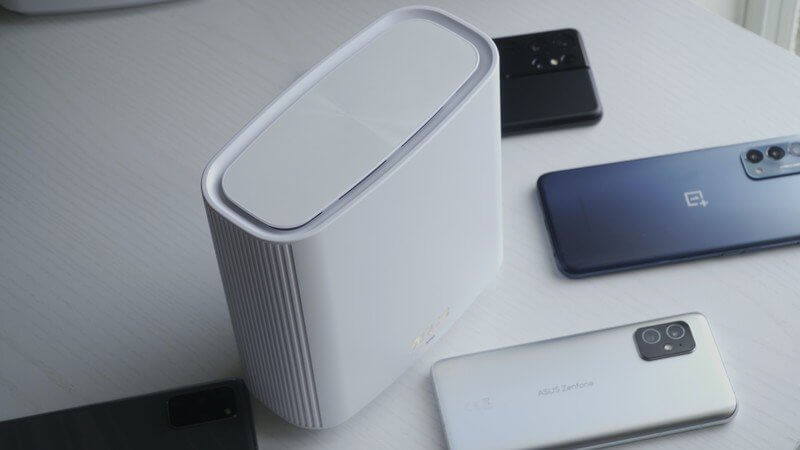
We all love our nutrition labels. They let us know what our foods are made of. Modern labels print out calories, fat, carbs, protein, sugar, and a whole lot more. Most people think food nutrition labels have always been a part of our grocery store experience, but in reality, these labels weren’t mandatory until good old 1990.
Broadband “Nutrition Labels” on the Horizon
Just like your food’s packaging tells you how many calories it has and what’s in it, the Federal Communications commission is about to require the same transparency from your broadband provider. The agency tried to do this a very long time ago during the Obama administration, but they took the peaceful route. They asked broadband companies to add labels voluntarily. As you might have noticed, broadband companies declined to voluntarily do this.
President Biden’s infrastructure bill included provisions for broadband labels. By November, the FCC has to figure out all the extensive rules for the labels and how they’ll be activated throughout the industry. The principle is really simple. The FCC wants every internet customer to know what they’re getting from an internet service package. It definitely won’t include the number of calories in Hughesnet and Spectrum internet, but it will let you know things like your monthly data allowance, price, and router pricing.
Vital Information in Broadband Labels
Broadband customers are already familiar with many of the things that the labels will share with them. If you’ve ever gone over a data allotment, you know how pricy it can be. Hidden fees are a way of life with some internet providers. In the past decade, reading a broadband internet bill can be as puzzling sometimes as reading out hieroglyphics. For novices, it just can’t be done.
The tech savvy broadband customer will get a whole lot out of their product labels, though, and if all goes according to plan, they should be available at the location you sign up for internet and then online for later study. The FCC is saying that at the “point of sale,” they want customers to see exactly what they’re getting. The idea is to let customers know their rental costs for any equipment such as routers, internet download and upload speeds, and monthly data allowances. Not every provider puts a cap on how much data you can use, but large providers like Xfinity set the cap at 1.2 TB. Believe it or not, there are some internet users who might go over that, especially in an era when many people work at home or watch series online.
To Save or Not to Save
The labels probably would have had a greater impact back in 2016, but they’re still going to help some people say no to bad broadband pricing. The catch is that up to 100 million Americans live in a location where there’s only one ISP to choose from in the first place. No matter what the labels read out, those people have no choice but to stick with the only provider that gives them internet. Up to 200 million people live in an area where there are only two providers. There’s still not all that much choice, especially if those two providers have decided to play nice with one another and not rock the boat.
For the other 131 million people who have some choice about what provider to choose, these “nutrition” labels could help them make a better decision about what broadband service to sign up for. They’ll have the freedom to read the labels and change their mind or feel better about opting for that provider.
Modern folks thrive on knowledge. We’re an inquisitive bunch, and it comforts us to know what we’re buying and what it’s going to add to our life from unblocking on kickass torrent to getting an account on Facebook. Thanks to the FCC’s revised plan to activate broadband information labels, more internet customers than ever before will know exactly what they’re getting in their internet service.
Samuel Njoroge
Related posts
Stay connected
Today's pick
- The Importance of Professional Handyman Services for Your HomeYour home is your sanctuary, a place of comfort and security, but maintaining it can be a daunting task. From routine maintenance to unexpected repairs, there’s always something that needs attention. While many homeowners might be tempted to tackle these jobs themselves, not all tasks... The post The Importance of Professional Handyman Services for Your […]
